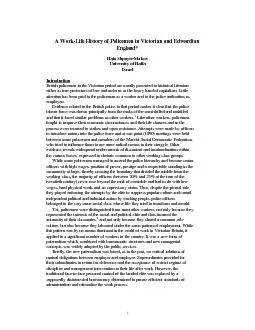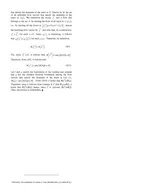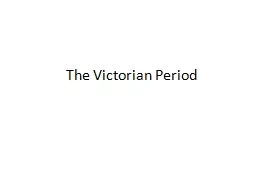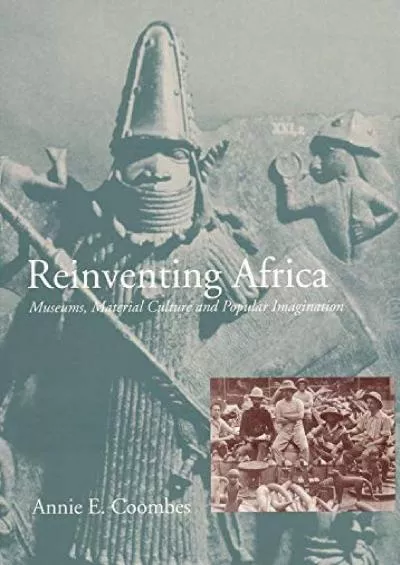PDF-A Work Life History of Policemen in Victorian and Edwardian England Haia Shpayer Makov
Author : calandra-battersby | Published Date : 2014-10-19
Little attention has been paid to the policeman as a worker and to the police authorities as employers Evidence related to the British police in that period makes
Presentation Embed Code
Download Presentation
Download Presentation The PPT/PDF document "A Work Life History of Policemen in Vict..." is the property of its rightful owner. Permission is granted to download and print the materials on this website for personal, non-commercial use only, and to display it on your personal computer provided you do not modify the materials and that you retain all copyright notices contained in the materials. By downloading content from our website, you accept the terms of this agreement.
A Work Life History of Policemen in Victorian and Edwardian England Haia Shpayer Makov: Transcript
Download Rules Of Document
"A Work Life History of Policemen in Victorian and Edwardian England Haia Shpayer Makov"The content belongs to its owner. You may download and print it for personal use, without modification, and keep all copyright notices. By downloading, you agree to these terms.
Related Documents














